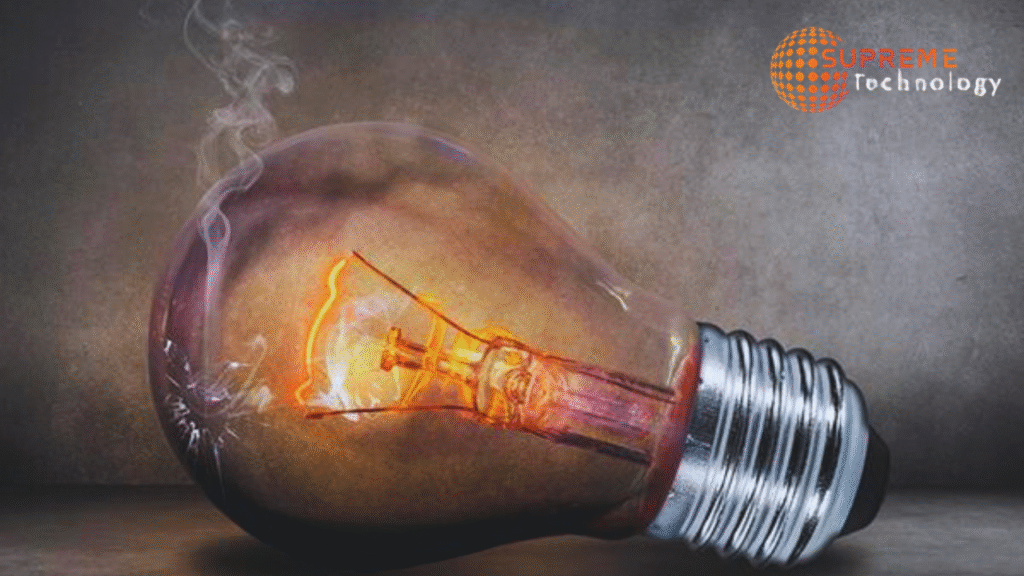Adequate lighting has become a cornerstone of productivity, health, and well-being in 2025, as remote work, digital nomadism, and smart home technologies continue to reshape living and working environments. With advancements in LED technology, AI-driven smart lighting, and circadian rhythm-focused designs, adequate lighting enhances focus, reduces eye strain, and supports mental health. From ergonomic workspaces to aesthetically pleasing homes, the right lighting solutions are critical for digital nomads and professionals. This article explores the key aspects, innovations, and best practices for achieving adequate lighting in 2025.

What Makes Adequate Lighting Stand Out?
Adequate lighting refers to the optimal balance of illumination for specific tasks, environments, and times of day, enhancing functionality and comfort. Its defining characteristics include:
- Task-Specific Illumination: Provides sufficient brightness for activities like reading, working, or relaxing.
- Circadian Support: Mimics natural light to regulate sleep and mood, critical for digital nomads across time zones.
- Energy Efficiency: Leverages LED and smart systems for sustainability and cost savings.
- Customizability: Adjustable color temperatures (e.g., warm to cool white) and brightness levels.
- Smart Integration: Connects with IoT devices and voice assistants for seamless control.
Key Features and Developments for Adequate Lighting in 2025

Drawing from recent trends in smart home technology and lighting innovations, here are the top features and advancements in adequate lighting for 2025:
1. AI-Driven Smart Lighting Systems
- Description: Brands like Philips Hue and LIFX integrate AI to adjust lighting based on user behavior, time of day, or environmental conditions. In 2025, systems use sensors and machine learning to optimize brightness and color temperature (2700K-6500K), enhancing focus for work or relaxation for downtime.
- Key Benefits: Personalized lighting; reduces eye strain by up to 30% during prolonged screen time.
- Best For: Digital nomads working in varied environments, from cafes to co-living spaces.
- Implementation: Pair with apps like Hue or LIFX; sync with Google Home or Alexa for voice control.
2. Circadian Rhythm Lighting
- Description: Circadian lighting, such as Nanoleaf’s Chronobiology line, mimics natural daylight cycles to support sleep-wake patterns. In Q2 2025, new models offer dynamic schedules (e.g., warm 2700K at night, cool 5000K during the day), reducing melatonin suppression for better sleep.
- Key Benefits: Improves mood and productivity; ideal for nomads crossing time zones.
- Best For: Remote workers and travelers with irregular schedules.
- Implementation: Set circadian schedules via smart apps; place lamps near workspaces for maximum effect.
3. Portable and Rechargeable LED Lamps
- Description: Portable LED lamps, like Yeelight’s Portable Desk Lamp, provide up to 20 hours of battery life and USB-C charging, perfect for digital nomads. In 2025, models offer 500-1000 lumens with adjustable arms and IP54 water resistance for outdoor use.
- Key Benefits: Flexible for travel; energy-efficient with 80+ CRI for accurate colors.
- Best For: Nomads working in co-working spaces or temporary setups.
- Implementation: Choose lamps with adjustable brightness; recharge via power banks for mobility.
4. Task-Specific Lighting Solutions
- Description: Task lighting, such as BenQ’s e-Reading LED Desk Lamp, delivers focused illumination (800-1800 lux) for reading, coding, or designing. In 2025, flicker-free and anti-glare features reduce eye strain, with some models offering ambient light sensors for auto-adjustment.
- Key Benefits: Enhances focus; minimizes fatigue during long work sessions.
- Best For: Professionals engaged in detailed tasks like graphic design or programming.
- Implementation: Position lamps at a 45-degree angle to avoid glare; adjust brightness for task needs.
5. Smart Home Integration and Sustainability
- Description: Lighting systems now integrate with IoT platforms like HomeKit and Matter, enabling control via smartphones or voice assistants. In 2025, brands like Govee emphasize eco-friendly LEDs with 90% energy savings over incandescent bulbs and recyclable packaging.
- Key Benefits: Reduces energy costs; seamless control for dynamic environments.
- Best For: Tech-savvy nomads and eco-conscious users.
- Implementation: Connect to smart hubs; use motion sensors for automated energy savings.
Warnings and Considerations
- Blue Light Exposure: Prolonged exposure to cool white light (5000K+) can disrupt sleep. Use warm lighting (2700K-3000K) in the evening.
- Installation Costs: Smart lighting systems start at $50-$200 per unit, with whole-home setups costing $500+. Budget for initial investments.
- Compatibility Issues: Ensure devices support your smart home ecosystem (e.g., Matter, Zigbee). Check compatibility before purchase.
- Portability Challenges: While portable lamps are mobile, bulky setups may not suit frequent travel. Opt for compact, lightweight options.
- Internet Dependency: Smart lighting requires stable Wi-Fi for full functionality. Use offline-capable LEDs in unreliable network areas.
How to Achieve Adequate Lighting in 2025

Optimize your lighting setup based on your needs:
- Digital Nomads: Use portable LED lamps for flexible workspaces; pair with circadian lighting to manage jet lag.
- Remote Workers: Invest in task-specific desk lamps with anti-glare features; position for ergonomic illumination.
- Tech Enthusiasts: Deploy AI-driven smart lighting for automated adjustments; integrate with Google Home or Alexa.
- Eco-Conscious Users: Choose energy-efficient LEDs with recyclable components; enable motion sensors for savings.
- Creative Professionals: Use high-CRI lighting (90+) for accurate color rendering in design or photography work.
Conclusion
In 2025, adequate lighting is essential for digital nomads and remote professionals, enhancing productivity, health, and comfort in diverse work environments. With AI-driven smart systems, circadian rhythm lighting, portable LEDs, and task-specific solutions, brands like Philips Hue, Nanoleaf, and BenQ offer innovative options for every lifestyle. Despite challenges like blue light exposure and setup costs, the right lighting setup can transform workspaces and homes. By selecting task-appropriate brightness, leveraging smart integrations, and prioritizing energy efficiency, users can create optimal lighting environments to thrive in 2025’s location-independent world.
